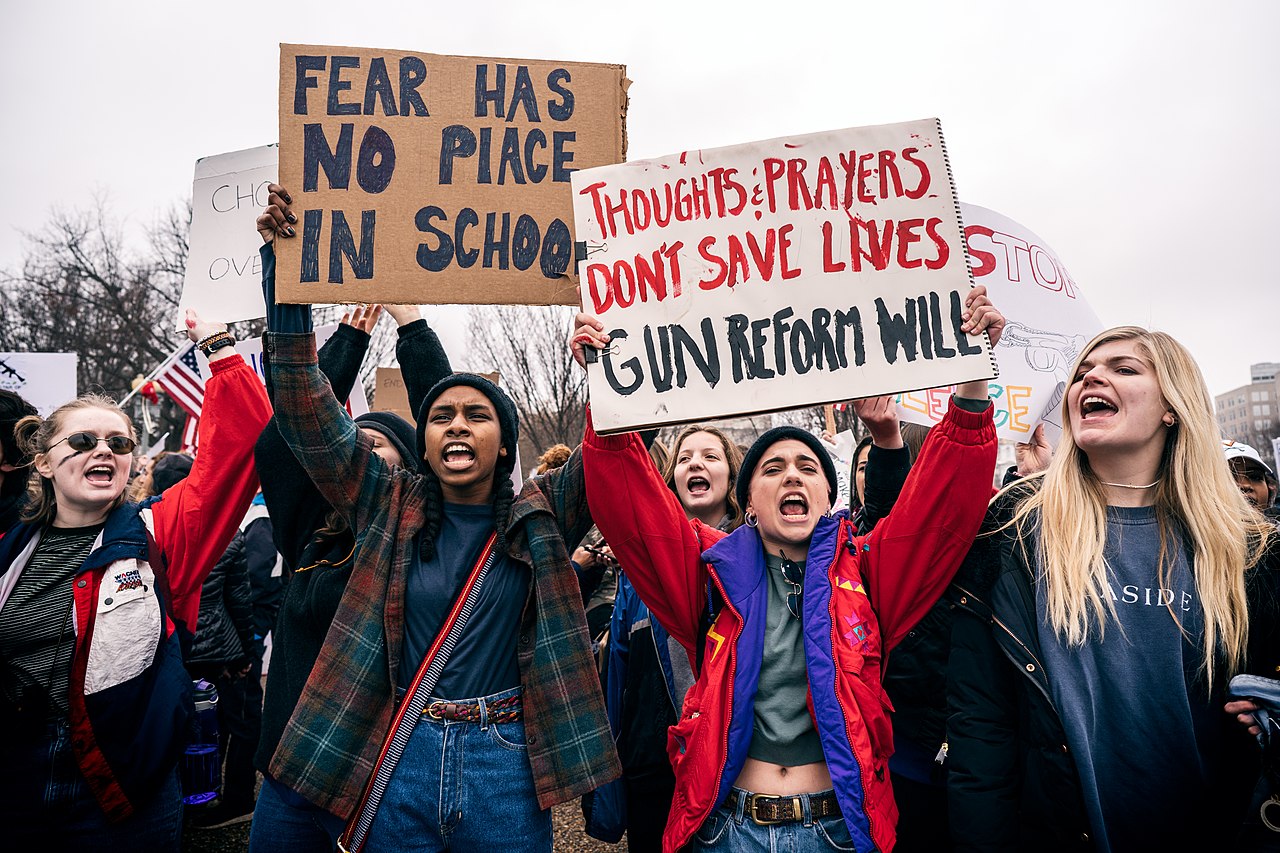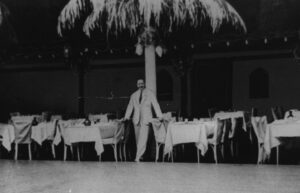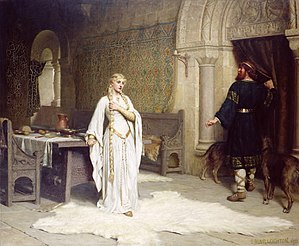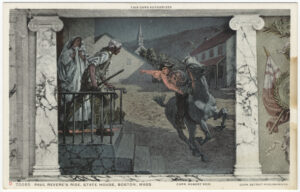
Movement or Flash in the Pan?
We just passed the one year anniversary of the horrific school shooting at Marjory Stoneman Douglas High School in Parkland, Florida where 17 were killed. In the immediate aftermath, the “Parkland Teens”, a group of soon-to-be activist high school students, flexed their muscle in forcing national televised forums on gun control; stormed the Florida legislature forcing debate on gun control measures; and rallied tens of thousands for March for Our Lives in Washington, D.C. where they passionately plead for reform on gun control. Unfortunately, the news today is filled with stories of those shot to death by a co-worker in Aurora, Illinois.
I wrote about the efforts of the Parkland Teens last March observing the similarities between their fledgling fight and those of Linda Brown. Linda Brown, the plaintiff in Brown v. Board of Education fame, had then recently passed away. When the lawsuit on behalf of Linda Brown was filed challenging segregation in schools, few recognized that it would become a watershed Supreme Court ruling and key component in civil rights reforms. I marveled at the efforts of the Parkland Teens and asked whether we were at a “Linda Brown” moment concerning how society addresses gun control. Or, were the Parkland Teens merely canon fodder to feed the insatiable 24 hour news channels with their movement to fade with the next catastrophe. See Children Forcing Changes article here.
Now, a year later, I look back to attempt to determine in real time whether the Parkland Teens were anything more than a flash in the pan. Editor’s Note: I always thought that the phrase “flash in the pan” originated with the California Gold Rush in the 19th century. Prospectors would become excited upon seeing something shiny in their pans only to become disappointed when it turned out to be something other than gold. Such would be a “flash in the pan”. Yet, the true origin ties into the use of flintlock muskets during the 17th century or even earlier. These muskets would have small pans to hold gunpowder charges. When the gunpowder flared up, but the musket failed to discharge a bullet, it would literally be a “flash in the pan” — promising beginning only to lead to disappointment. Back to our story. . .
Where Linda Brown sought changes through the courts, the Parkland Teens sought changes through the legislative processes. The Parkland Teens initially succeeded in convincing their home-state legislature to act on the otherwise contentious issue of gun control. The Parkland Teens appeared quite savvy in using social media and benefitted from the national media spotlight to compel the Florida legislature to do something in the aftermath of the massacre at the high school. The Republican legislative chambers passed, and a Republican governor signed into law, the Marjory Stoneman Douglas High School Public Safety Act.
After this law passed, Florida Senate President Bill Galvano noted that the direct lobbying and advocacy by the Parkland Teens was “key” to the bill’s success. He also observed as brilliant the comprehensive nature of the proposals by the Parkland Teens to address many aspects of school safety and not simply gun control. That approach made the bill more appealing to many legislators rather than narrowly focused gun control measures.
OK. The Parkland Teens succeeded in convincing Florida to begin to address the catastrophe in its own backyard while still grieving the losses. Amazingly impressive, but was Florida an isolated situation? What happened after the national spotlight became focused on other issues?
As it turns out, during 2018, twenty six states and the District of Columbia passed into law 67 bills directed at curbing gun violence. The laws ranged from addressing basic gun safety issues, mandating improved background checks, banning gun ownership by convicted domestic abusers, further regulating concealed carry, to even banning bump stocks and large-capacity magazines. These new measures were signed into law by both Democrat and Republican governors. Laws passed on the east and west coasts, in the heartland and, dare I say, even in the deep south. For context, no meaningful gun control measures were passed in any state following Sandy Hook, Columbine and other school shootings.
The Parkland Teens remained directly involved with many of these legislative efforts. State legislators credited the group with influencing, in some fashion, virtually all enactments. Allison Anderman, an attorney who assists and counsels the Parkland Teens, credits the group as “incredibly eloquent and motivated and organized.” The March for Our Lives campaign amplified their message and convinced others to follow the formula for change.
Gun ownership and gun control remain passionate issues in the United States regardless of personal views. Guns are also big business. The clout of the National Rifle Association (NRA) as a behemoth lobbying organization is undeniable. Indeed, the NRA maintains a dedicated lobbying arm and manages its own Political Action Committee. The NRA is acknowledged as one of the three largest lobbying organizations in Washington, D.C. During 2018, the NRA boasted that, by its own count, over 200 “anti-gun” bills were defeated and 7 other bills were vetoed by governors, all with the help of the NRA.
What stands out then with the Parkland Teens is the level of traction and success on various gun control efforts in the face of such staunch opposition by the NRA and similar groups. Jaclyn Corin, a founding member of the Parkland Teens and student at Marjory Stonemason Douglas High School, aptly stated: “I think we moved the needle. Not enough, but we did.”
The Parkland Teens remain active one year later. They seek to create a grassroots army of young people focused on state legislatures, city councils and school boards. They encourage young people to vote for and support candidates for these state and local offices with views and policies aligned with their own. The Parkland Teens recognize that real work gets accomplished at the local level and they witness their influence in the process at those levels.
The success of the Parkland Teens cannot be denied. Absent their efforts, there simply would not have been the new gun control laws in each of the 26 different jurisdictions. As importantly, there would not have been debate or action on such core gun control issues as ownership limits, concealed carry, and bump stocks. It may be difficult to quantify the impact of the Parkland Teens and their followers in these legislative processes, but the fact of their impact cannot be denied.
Just as it took years for Brown v. Board of Education to weave through the courts, it will take years for the strategic efforts of the Parkland Teens to fill local political offices with those who share their policy objectives. We must still wait and see if the Parkland Teens remain a dedicated, viable force for change. What we can conclude, however, is that the Parkland Teens have become established and much, much more than a flash in the pan.
We may need to check back after the next election cycle to see how the kids perform against the NRA. True democracy remains fascinating!




